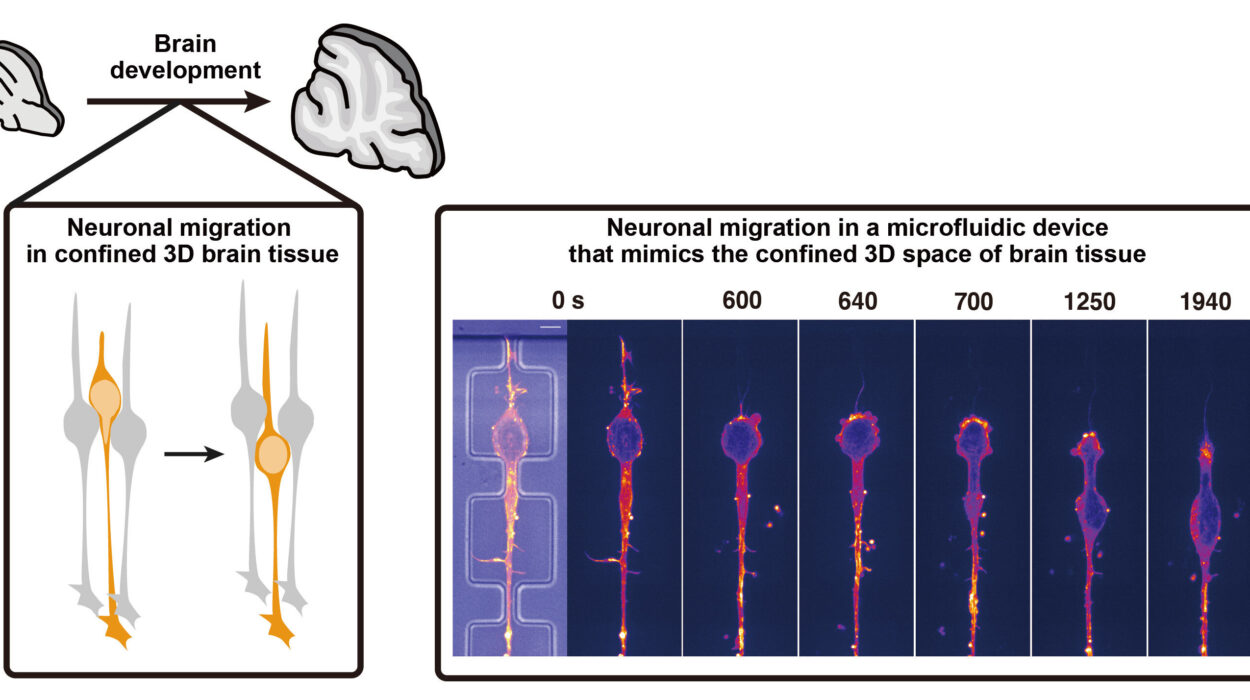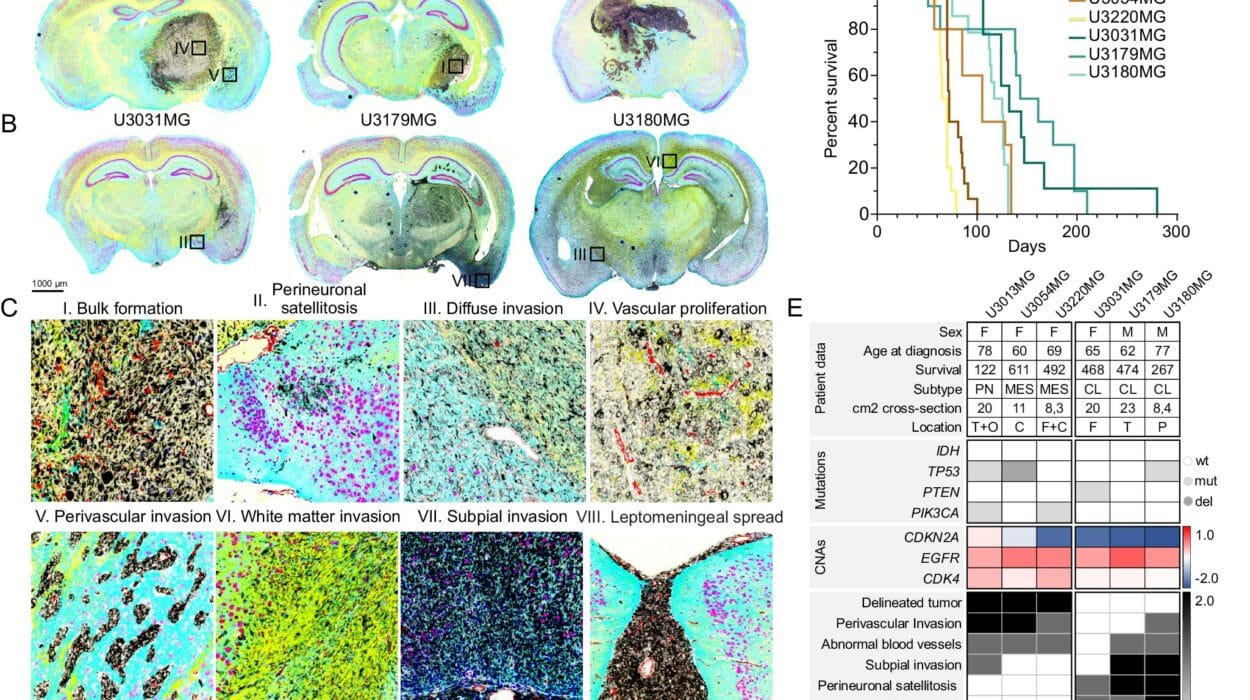Stroke is a terrifying medical emergency. Often depicted as a sudden and catastrophic event, it can strike without warning, sometimes with minimal signs or symptoms. Yet, there are warning signals that precede a stroke, subtle at first, but critical to recognize. When you understand these early signs, you may not only save your own life, but also the life of someone you love. Understanding these signs is key to prevention, immediate intervention, and the preservation of life and function after a stroke.
A stroke occurs when the blood flow to part of the brain is interrupted, either due to a blockage (ischemic stroke) or a rupture in a blood vessel (hemorrhagic stroke). As the brain is deprived of oxygen, brain cells begin to die. The faster a stroke is detected and treated, the better the outcome. That’s why knowing the warning signs—however subtle they may seem—is essential. The phrase “time is brain” underscores this urgency; the quicker you act, the less damage to the brain and the better the chances of recovery.
Understanding Stroke: What Happens to the Brain
The human brain is an incredibly complex organ that controls nearly every function in the body. It governs everything from breathing to movement, speech, thought processes, and emotions. When a stroke occurs, the brain is deprived of oxygen-rich blood. This disruption in the flow of blood leads to damage or death of the brain cells in the affected area, which can cause long-term disabilities or even death.
The brain has specific regions that control different functions. When a stroke affects a particular region, it can manifest in a variety of symptoms. For example, a stroke in the left hemisphere might impair speech and language, while a stroke in the right hemisphere could affect spatial awareness and cause visual disturbances.
Stroke is not exclusive to older individuals, though it is more common in people over the age of 65. It can also occur in younger people, and increasingly, it’s happening to individuals in their 40s and 50s. Understanding the signs and symptoms is crucial for everyone, regardless of age.
The Role of Time: Why Early Detection Matters
When it comes to stroke, time is the most crucial factor in determining the outcome. A stroke progresses rapidly, and every minute counts. The more time that passes before medical treatment is administered, the greater the likelihood of permanent brain damage. That’s why understanding the warning signs, and acting fast, is essential for anyone who might experience a stroke or witness someone else having one.
The faster a person gets medical attention, the better their chances of survival and recovery. This is why recognizing the warning signs and seeking immediate medical help is so important. A few minutes can make the difference between full recovery and long-term disability.
The Warning Signs: What to Look For
When a stroke is happening, the warning signs can vary from person to person, and they can occur suddenly or gradually. Recognizing these signs early and getting help quickly is key to saving lives and minimizing damage to the brain. The most common symptoms often include sudden numbness or weakness in the face, arm, or leg, especially on one side of the body. The following are common warning signs of stroke that should never be ignored.
Sudden Weakness or Numbness on One Side of the Body
One of the most noticeable symptoms of a stroke is sudden weakness or numbness on one side of the body. This could affect the face, arm, or leg, often on only one side. For example, you might notice that one side of your face droops, making it difficult to smile. If someone is having trouble raising both arms or walking without feeling weak on one side, it’s a red flag for a potential stroke.
This symptom occurs because the brain’s control over the body is impaired by the lack of blood flow. The damage to the brain tissue causes the motor functions in one part of the body to be lost or compromised. If the weakness or numbness comes on suddenly, it’s an emergency situation.
Trouble Speaking or Understanding Speech
Speech difficulties are one of the most common symptoms of a stroke. Someone who is having a stroke may suddenly have trouble speaking or may slur their words. They might not be able to understand what others are saying or may have difficulty finding the right words. This occurs because the parts of the brain responsible for language and communication may be affected by the stroke.
If you notice that someone’s speech is becoming unclear, or if they’re unable to understand simple questions, it’s crucial to act immediately. In many cases, strokes that affect speech can also affect comprehension, making it all the more important to seek medical help as soon as possible.
Vision Problems: Blurred or Double Vision
Another key symptom to watch for is a sudden loss of vision in one or both eyes. This could be either partial or complete loss of vision or the occurrence of double vision. Vision problems like these can arise when the stroke affects the part of the brain that processes visual information. The brain relies on a steady supply of oxygenated blood to function properly, and when that supply is interrupted, vision can quickly become compromised.
If you or someone else experiences a sudden loss of vision, particularly in one eye, it’s important to treat it as a stroke warning sign. The condition can worsen rapidly, so immediate medical attention is necessary.
Sudden Severe Headache
A severe headache that comes on suddenly, without any known cause, can be a warning sign of a stroke, particularly in cases of hemorrhagic stroke (when a blood vessel in the brain ruptures). This headache may be described as one of the worst headaches a person has ever experienced. Often, it is accompanied by nausea, vomiting, and even changes in mental status, such as confusion or difficulty staying awake.
A severe headache, especially when combined with other symptoms like vision changes or difficulty speaking, should never be ignored. It is often a sign that something serious is happening in the brain, and seeking medical help immediately can make a difference.
Dizziness, Loss of Balance, or Coordination Problems
Sudden dizziness, trouble walking, or a loss of coordination can also signal a stroke. These symptoms occur when the part of the brain that controls balance and coordination is impacted. The person may feel as if the room is spinning or may stagger when they try to walk. If they suddenly lose their ability to stay balanced, it could be due to the disruption of blood flow in the brain.
If someone seems disoriented, has trouble standing up, or is experiencing severe dizziness without an obvious cause, it’s a serious sign that requires immediate medical attention.
Sudden Confusion or Trouble Understanding Simple Instructions
A person having a stroke may also experience confusion or difficulty processing information. They might seem disoriented or unable to follow simple commands. For example, they may fail to respond to a question or may not understand what is being said to them. The confusion can arise from the impairment of the brain’s cognitive functions, which control memory, attention, and reasoning.
If someone suddenly becomes confused or seems unable to comprehend what is happening around them, it’s a sign that their brain is not functioning properly. This, in combination with other stroke symptoms, should be treated as a medical emergency.
Facial Drooping
One of the most classic signs of a stroke is facial drooping, usually on one side of the face. When someone tries to smile, their smile may appear uneven, with one side of the mouth drooping more than the other. This happens because the stroke has affected the motor control of the muscles on one side of the face.
If you notice facial drooping in yourself or someone else, especially when combined with other symptoms, it is essential to seek medical attention immediately. A stroke that affects the face can cause long-term disfigurement or loss of facial functions, so fast intervention is critical.
Sudden Trouble Walking or Loss of Balance
A stroke can also affect the brain’s ability to coordinate muscle movement, leading to difficulty walking. This might manifest as a sudden feeling of unsteadiness, trouble with balance, or an inability to walk in a straight line. If someone begins to stagger or falls without an obvious cause, a stroke might be the reason.
This symptom, like others, requires prompt medical attention. When the brain’s ability to control muscle movement is compromised, it’s a sign of a serious issue that needs immediate intervention.
Acting Fast: The Importance of Immediate Action
When it comes to stroke, immediate action can make all the difference. Every minute counts when the brain is deprived of oxygen. The faster you seek medical attention, the better the chance of reducing long-term damage and improving the chances of a full recovery. Medical professionals use the acronym “FAST” to help people remember the warning signs of stroke:
- Face: Is there facial drooping on one side?
- Arms: Is one arm weak or numb?
- Speech: Is speech slurred or difficult to understand?
- Time: Time is critical. If any of these symptoms appear, seek help immediately.
Conclusion: Recognizing the Signs Could Save a Life
Stroke is one of the leading causes of death and disability worldwide, but it doesn’t have to be. Recognizing the warning signs and acting quickly can significantly improve the outcome. No matter how subtle the symptoms may seem, they should never be ignored. If you or someone else shows signs of a stroke, don’t wait—seek medical help right away.
Remember, the faster the intervention, the less damage to the brain and the greater the chance of recovery. So, keep an eye out for the warning signs of stroke, and make sure that time never runs out when it matters most.






